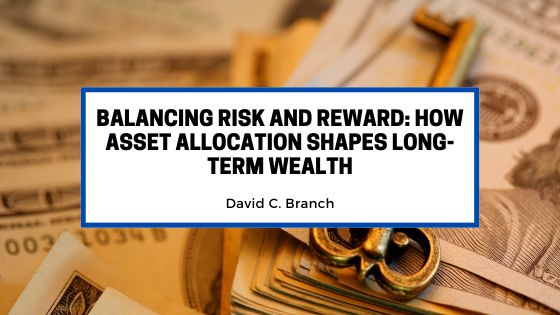Building wealth is not just about picking the right stocks or chasing high returns. At the heart of a sound investment strategy lies asset allocation—the way you divide your portfolio among different asset classes such as stocks, bonds, real estate, and cash. Asset allocation is often considered more important than individual investment choices because it determines how much risk and potential reward your portfolio carries over time.
Why Asset Allocation Matters
Every asset class behaves differently depending on market conditions. Stocks, for example, generally offer higher long-term returns but with greater volatility. Bonds, on the other hand, provide stability and income but typically with lower growth. Real estate may add diversification and inflation protection, while cash offers liquidity but almost no return. By blending these asset classes, investors can create a portfolio that balances risk and reward according to their financial goals and tolerance for market swings.
The Risk-Return Trade-Off
The relationship between risk and reward is central to investing. Taking on more risk may lead to higher potential returns, but it also increases the chance of losses. Conversely, playing it too safe with conservative investments may protect your capital but limit growth, making it difficult to outpace inflation over time. Asset allocation helps strike the right balance, ensuring that investors are neither overexposed to market downturns nor underexposed to opportunities for growth.
Factors That Influence Allocation
Asset allocation is not one-size-fits-all. Several factors play a role in determining the right mix of investments:
-
Time horizon: The longer you plan to invest, the more risk you may be able to take since you have time to recover from downturns.
-
Risk tolerance: Some investors can stomach volatility, while others prefer stability even if it means lower returns.
-
Financial goals: Saving for retirement, buying a home, or funding education all require different approaches.
-
Market environment: While allocation should remain disciplined, economic cycles can influence short-term adjustments.
The Power of Diversification
A well-allocated portfolio relies on diversification to spread risk. When one asset class underperforms, another may perform well, helping smooth returns over time. For instance, during stock market downturns, bonds often hold their value or even rise, acting as a buffer against losses. This interplay between asset classes reduces overall volatility and can help investors stay invested through turbulent markets.
Periodic Rebalancing
Asset allocation is not static. Over time, market movements can skew your portfolio, leaving you more exposed to risk than intended. Regular rebalancing—selling assets that have grown disproportionately and reinvesting in underweighted categories—helps maintain your desired allocation and risk level. This disciplined approach prevents emotion-driven decisions and keeps your strategy aligned with long-term goals.
Conclusion
Asset allocation is the cornerstone of building and preserving wealth. By thoughtfully balancing risk and reward across different asset classes, investors can create a resilient portfolio designed to grow steadily over time. Whether you are a new investor or approaching retirement, understanding and applying asset allocation principles ensures that your money works toward your goals while protecting you from unnecessary risks.

